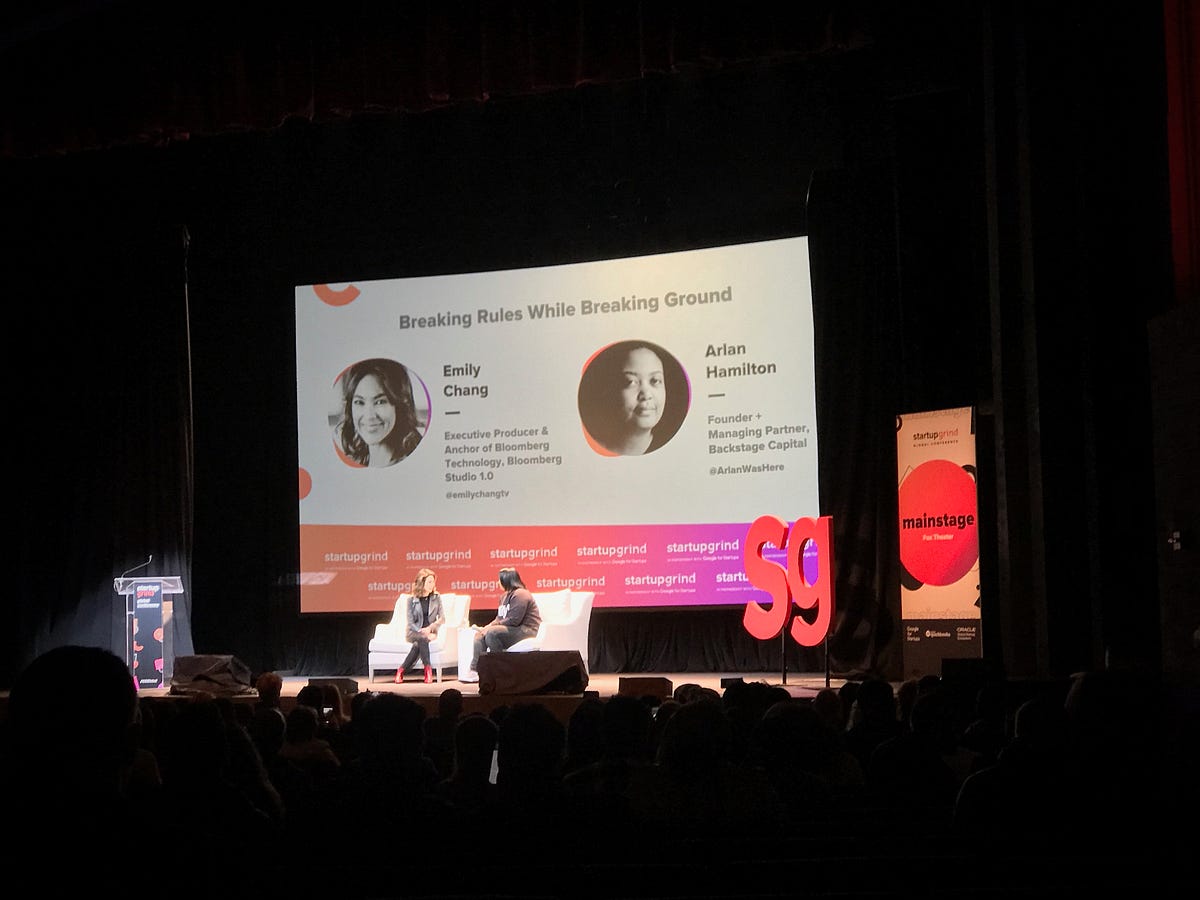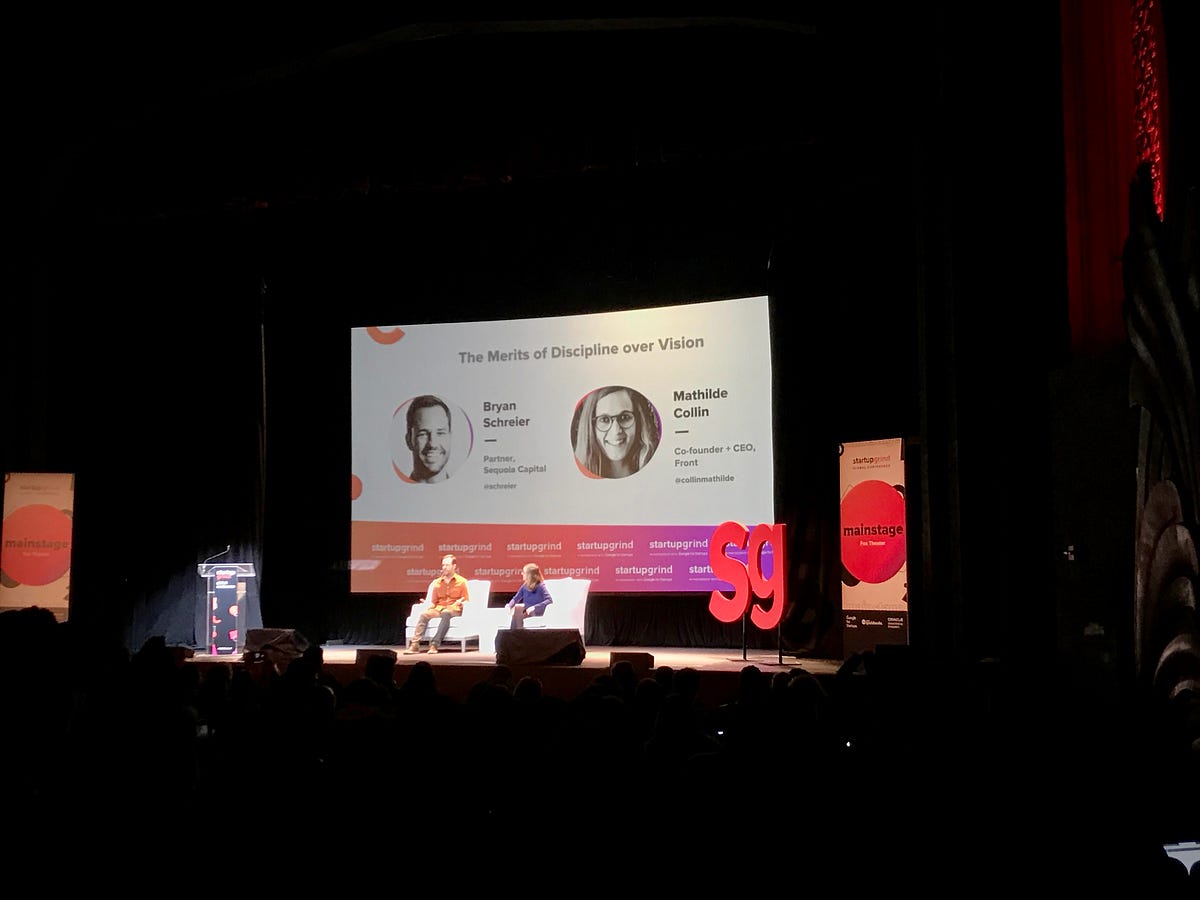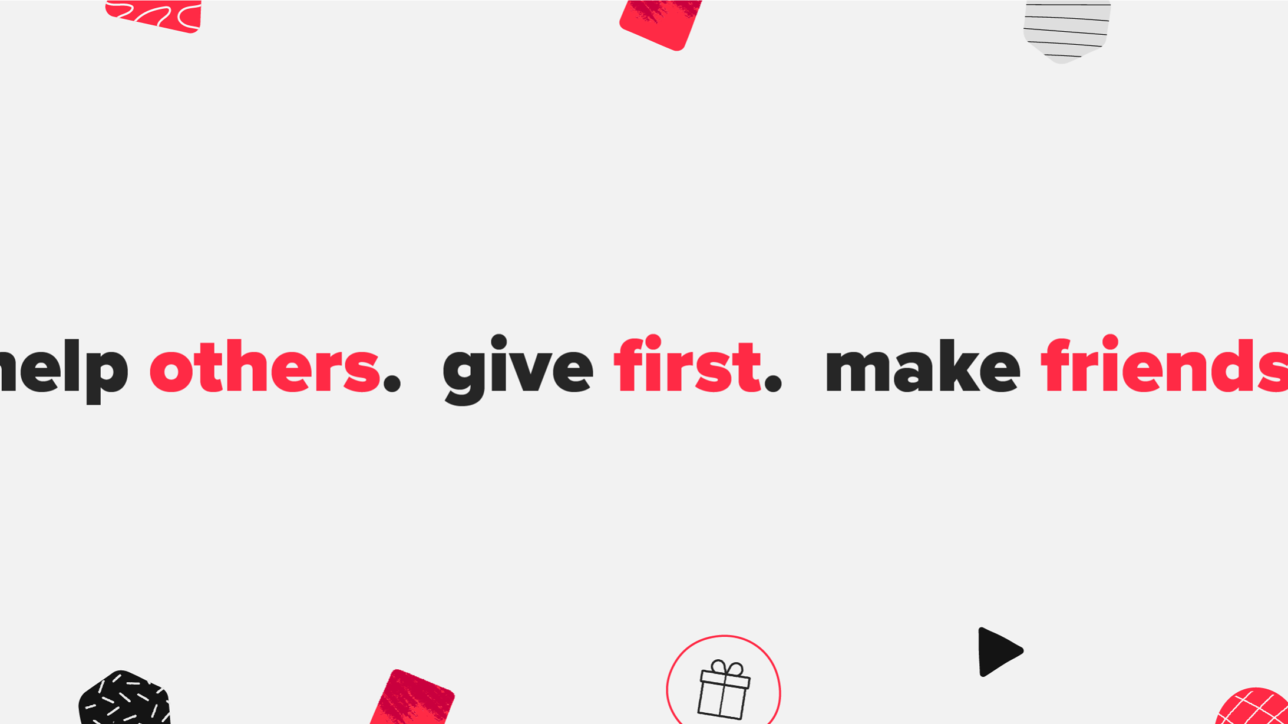A structured onboarding approach will improve efficiency, reduce attrition, and promote greater workplace productivity and morale.
When Giving is Easy, Everyone Wins
Motivated by the desire to give back, Kelly O’Connell, Founder and CEO of the non-profit organization, Start Giving Local, created a model that empowers everyone to give back in creative ways.
Giving should be easy. Everyone should possess the ability to easily support any secular, non-political cause, and non-profits should represent the collective will of a diverse society.
As ON ITS AXIS’ nonprofit partner, Start Giving Local is enabling the businesses we work with to change the world.
Recently I had the pleasure of speaking with Authority Magazine on the topic:
Ideas like this can change the world because everyone wins! Businesses are connected to the talent they need to efficiently achieve their objectives, candidates are matched with career opportunities that align to their personal goals, companies are given easy ways to participate in philanthropic giving and charities get the added financial support they need to achieve their social good objectives. Finally, we benefit by capturing clients we might not typically have access to.
If you’d like to learn more about what Start Giving Local is doing, how you can add giving to your business model or simply participate in one of their upcoming charity endurance event teams, please get in touch.
3 Take-aways from Startup Grind 2019
1. Simple Metrics + Benchmarking Matters Most to VC’s
When a witty and successful Partner at a top VC firm presents on The Four Vital Signs of SaaS, we listen.

Rory O’Driscoll, Partner at Scale Venture Partners
While 90% of companies are not a fit for venture funding, it’s clear those that are need to focus.
Rory explained how measuring too many things means measuring nothing so look at simple metrics: revenue growth, sales efficiency, revenue churn and cash burn. Once you get these figures together, benchmark yourself against like companies and make sure you find a North Star, a non-money measure of customer engagement. Finding it tough to pull together this data? His firm actually created a tool powered by their own data set for companies to run reports for insights and data-based decision making.
2. Diversity + Inclusion Is Top of Mind
Four years ago Arlan Hamilton was on food stamps. Today she runs a venture capital fund investing in 100 startup companies led by women, people of color and LGBTQ founders. Breaking Rules While Breaking Ground was inspirational and informative about the venture capital funding culture in Silicon Valley and what needs to change.

Arlan Hamilton, Founder + Managing Partner at Backstage Capital
Minorities are disproportionally hurt by the cost of and lack of access to capital, and less than 10% of all venture capital deals go to women, people of color, and LGBT founders.
Why is that? For one, homogenous communities adopt homogenous approaches to evaluate opportunities; a.k.a. groupthink. Educating on the importance of bringing diversity to venture capital, the sentiment remains that VC’s are leaving money on the table. McKinsey observes that companies with racial and ethnic diversity are 35% more likely to have financial returns that are above national industry medians. Yep, diversity and inclusion matter because it’s the right thing to do and also because it is an opportunity.
3. Having Humility Is A Differentiator
The Merits of Discipline over Vision intrigued me since I wanted to hear from Sequoia Capital. I didn’t realize the talk would be more founder interview-focused and was pleasantly surprised at the insights shared by Mathilde Collin, a Y Combinator alum and one of Forbes 30 Under 30, Enterprise Technology 2017.

Mathilde Collin, Co-Founder + CEO at Front
When Mathilde shared that the vision of an idea matters less than the discipline it takes to bring it to light, I knew there was something here. She provided real-life examples of how to be successful running a company: have the discipline to focus on one thing at a time, be consistent in communication about priorities, stay transparent about tracking and structuring time, and above all lead with high humility.
Beyond the talks (many of which will be published here in the coming weeks), there were a number of people and companies who caught our eye in the exhibition hall. To name a few –
Paul Shapiro, CEO + Co-Founder, The Better Meat Co. Sustainable food tech benefits everyone — our health, our animals, and our planet. Paul created a plant-based protein to supplement meat products that feels like a step in the right direction to reduce our reliance on meat and decrease our meat consumption.
Ben Sainsbury, CEO, Marion Surgical. We love healthcare technology and Ben’s solution for surgery simulation through virtual reality (VR) is doing some great work. He has real patient case examples that offer a growing global catalogue for customers on a globally connected network. Excited to see how solutions like this advance surgery training and create new opportunities for patient health.
Bludot. Who isn’t a fan of productivity tools? Transforming how we work and engage in the modern workplace by focusing on the human element sounds like a great mission. It will be interesting to see what Bluedot does as they seek to illustrate what team members accomplish in a given day through a single workspace.
Did you attend the Startup Grind Global Conference 2019? What did you learn and what were you intrigued by at the event?
Addressing the People in Change Management
Change is part and parcel with success in today’s competitive business landscape. Organizations that struggle to implement necessary changes will ultimately stagnate. No company is immune; some of the world’s most powerful corporations have fallen prey to innovation, or more specifically, their inability to keep up. In this rollercoaster environment, change must not be avoided, but rather, built into every element of the workforce.
Enter organizational change management — a discipline designed to ensure that disruptive new processes or ideas are implemented in a way that most benefits both individual stakeholders and the company as a whole. This concept may be familiar in the C-suite, but it’s also notoriously difficult to execute. This unfortunate reality is best exemplified by a Strategy&/Katzenbach Center survey, which highlights a success rate of just 54 percent for major change initiatives. If you’re determined to beat the odds, you’ll want to implement the best practices outlined below:
Highlight the Why Behind the Change
A little advance preparation can make a huge difference in how effectively you’re able to implement organizational change. Before you proceed, it’s critical that you delve into the change itself. Change may be necessary in the modern workforce, but not all initiatives are worth pursuing.
Questions worth exploring: Why are you making large-scale changes? How will they benefit your business both now and in years to come? If you’re unable to offer a clear answer supported by verifiable data, you’re not ready to enact lasting change. Examine your goals in-depth to determine whether they are in keeping with your organization’s philosophy and values — and to determine whether your organization is capable of implementing them in the near future.
Keep Culture at the Center
Your company’s core culture will determine how changes are executed and how they impact employees at all levels. Many business leaders regard culture as far more integral to the process of change than the methods or technologies used to implement those changes. This doesn’t mean that company culture must always remain exactly the same; it may, in fact, be the source of change. Either way, current culture must be taken into account; it will influence how changes are enacted and whether they will be well-received.
Identify Change Agents
Who will be responsible for enacting changes? While organizational change typically begins at the top, leadership is necessary throughout the entire structure of your company. Identify change agents in all departments. You’ll need to get existing leaders on board, of course, but it’s also worth determining who is most enthusiastic about upcoming changes and willing to help you implement them. Ideal change ambassadors exemplify your organization’s values and can play a key role in improving company-wide engagement.
Prioritize Transparency
All stakeholders need to know why changes are being implemented and how they will be impacted. This information must be shared well before changes go into effect. Communication should come not only from the C-suite, but also from change agents who can better connect with stakeholders on their level.
Employees should feel that they have a stake in the process. Encourage them to ask questions and offer feedback — and make every effort to respond. Honest communication will make impacted individuals feel more secure and could ultimately streamline the change process.
Keep Stakeholders Informed of Progress
Monitor changes as they occur to ensure that they are carried out appropriately. In particular, determine how enacted changes impact stakeholders. Be prepared to change the process of change if necessary. The sooner you address emerging issues, the less likely they are to spell problems later on. Communicate any shifts in the change process to keep stakeholders in the loop.
Successful organizational change may be notoriously difficult to implement, but it’s far from impossible. Your ability to enact potentially disruptive initiatives could demonstrate your organization’s viability in the change-oriented business environment of tomorrow. By emphasizing honesty and open communication, you can successfully enact the changes necessary to carry your business forward.
Are you struggling to implement organizational changes from the C-suite? ON ITS AXIS can assist in maintaining change management best practices via messaging and sequencing of activities. We personalize our services to ensure your organization’s unique needs are met. Schedule a discovery call today to learn more about our approach to change management.




